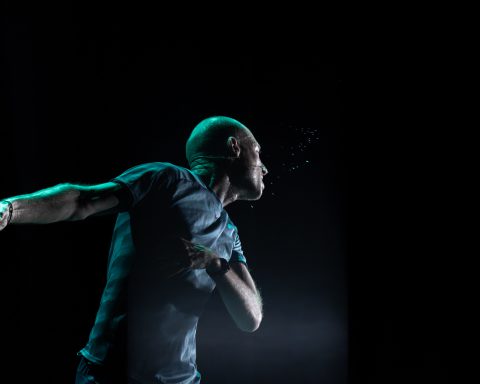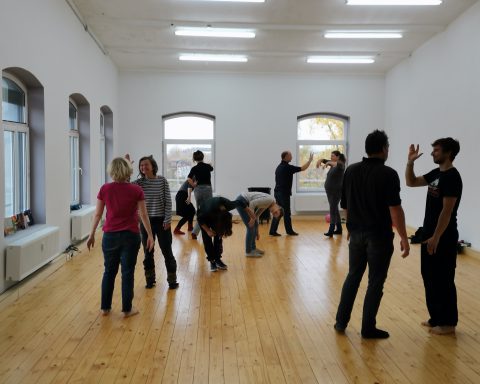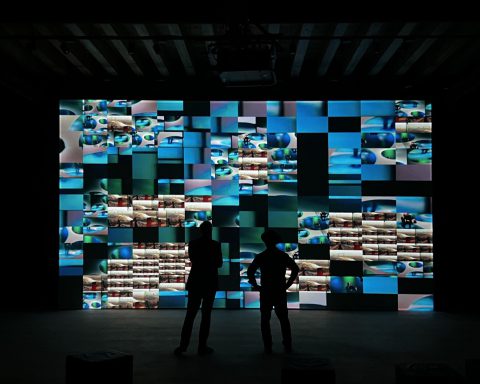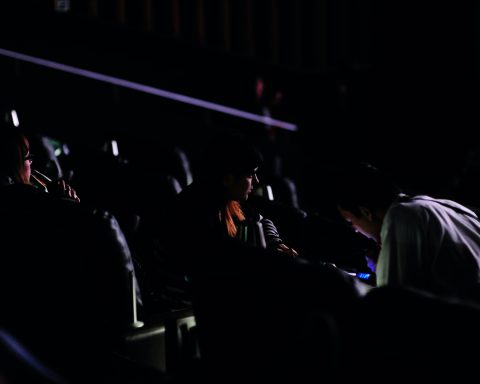The book-based biopic Hidden Figures has lost at the Oscars but won a torrent of critical acclaim and positive online ratings. It was very nice and heart-warming to watch Taraji P. Henson, Octavia Spencer and Janelle Monáe playing the ultimate undersung heroines of Cold War-era NASA. They are, respectively, mathematician Katherine Johnson, programmer Dorothy Vaughn and engineer Mary Jackson.
The actresses are convincing as the strong brilliant scientists. Especially Henson as Katherine Johnson, in my opinion. Her uniquely sharp mind, wit and resilience win over iconic astronaut John Glenn (Glen Powell) and her tough boss, Al Harrison (Kevin Costner).
Johnson becomes the only one these and other men at the top trust with life-or-death mathematical calculations for the first space launches. This threatens senior and now somewhat discredited engineer Paul Stafford (Sheldon in an understated role; he happens to have shared a scene in the past with Spencer). In the end (SPOILER ALERT!), he just has to respect her, though. Henson delivers every bit of that.
It was also refreshing to see the #OscarsNotSoWhite this year.
The Hidden Figures nominees and winners from Moonlight – with some overlap – brightened up the big auditorium. Even through the most mortifying mix-up ever (announcing #SoWhite La La Land as the Best Picture winner). And even when one considers the PR and political motivations behind the awarding decisions of an industry that has for so long contributed to relegating legions of darker-skinned talents to stereotypical roles, bit parts or total obscurity.
As you’ve probably heard, Hidden Figures (directed by Theodore Melfi) has finally brought to megaplex screens the real-life black female geniuses so essential to building up NASA during the Space Race.
They were grossly under recognized in pop culture until now, which is of course not a surprise, given white men’s penchant for taking all the credit. I’ve read that the movie is pretty true to life, and that it’s gotten Katherine Johnson’s approval.
The 98-year-old even got to go onstage at the Oscars this year, and received a glowing introduction from the film’s female protagonists.
But in my opinion, Hidden Figures doesn’t show enough of the struggle these women must have actually faced.
The movie is interspersed with uplifting gospel style music and the women standing up for themselves time after time. This is, no doubt, admirable and inspiring. It’s hard to believe, though, that their Southern white interlocutors in a still deeply divided and sexist society showed them barely any resistance.
As characters in this acclaimed movie, the white people are mostly background, who barely react in the midst of the revolution these women bring into their segregated bubble. Except for maybe Kevin Costner’s character, who is riled up because of Johnson to break the “colored bathroom” sign and declare that anyone can use any (gender-appropriate) bathroom they want.
His staff in the film remains laconic and nearly expressionless at that, as in other crucial moments when a bit more of the glass ceiling is cracked. It seems like almost everyone (even an old white judge in the South) simply stands aside for our heroines as they demand passage.
I believe at least part of the actual battle they must’ve had to fight to get there is left out.
We barely ever hear the white people speak or gossip to each other, or spout their prejudice. I realize it’s hard to cover every aspect in a mere two-hour running time, but that could have perhaps replaced some long sequences where not much was said or added.
The viewer gets just a little bit of a taste of the women’s suffering amid the Civil Rights Movement. Such as getting top security clearance at NASA while still having to use the “colored bathroom” and sit on the back of the bus, and getting looks while trying to share in the white men’s coffee.
There are some pretty cringe-worthy scenes of Johnson running to the bathroom on the other side of the NASA campus loaded with folders. They bear documents Paul the engineer redacted to keep her from deciphering and correcting the math (SPOILER ALERT! She still manages to do it). Dorothy Vaughn has to contend with her robotic foil at NASA, the white Vivian Mitchell (Kirsten Dunst), an example of how sexist and racist women can be towards each other, also partly as victims of the system.
In my view, the lack of emotion – except on a few instances – including that of Dunst, makes Hidden Figures a bit flat.
More crucially, I find it to have given only superficial treatment to the sexism and racism against its female protagonists. I am not asking for another Selma, but a bit more nuance and rawness would’ve been helpful to further educate viewers.
The film could be important for the #BlackLivesMatter movement (helping “the average” American discover the importance of “the other” to U.S. history and accomplishments), but I’d say it missed the opportunity to be bolder. On the other hand, it probably wouldn’t have reached as many people, had it been grittier. There’s even talk of its becoming a Broadway musical, according to Teen Vogue. What’s next – Barbies? Do worthy figures and causes always have to be watered down and commercialized to be properly digested, absorbed, recognized?
Cute, agreeable… mass-produced… for children to internalize its message?
You might say I was a lot more lenient in my review of La La Land. And it’s true.
But despite its incomprehensibly high number of Oscar nominations, La La Land doesn’t really pretend to be more than entertainment. When a movie wants to tackle such a crucial social issue as Hidden Figures, however, I think it should add some more colors to the rosiness, and definitely more grey, if that’s what life was actually like – even if it crimps its style.
You be the judge. Hidden Figures is playing off and on at Leipzig cinemas. Check out showtimes for movies playing in their original versions locally here.









